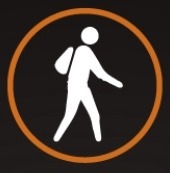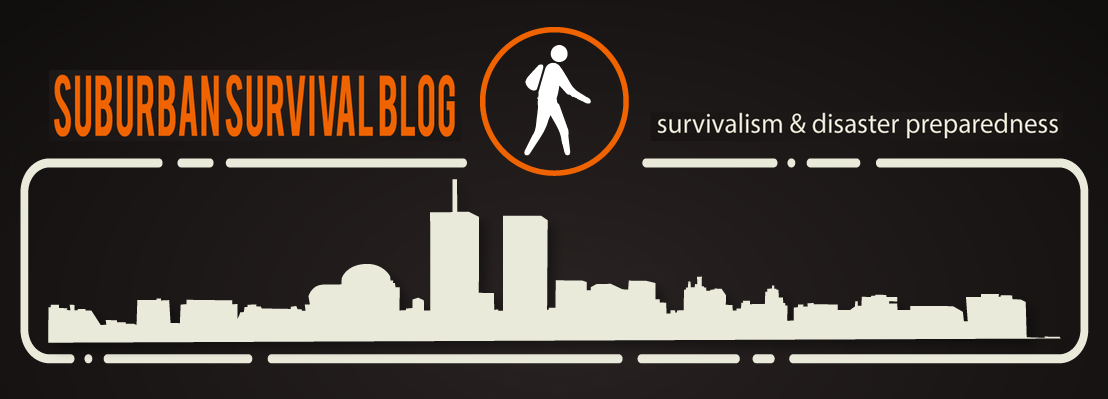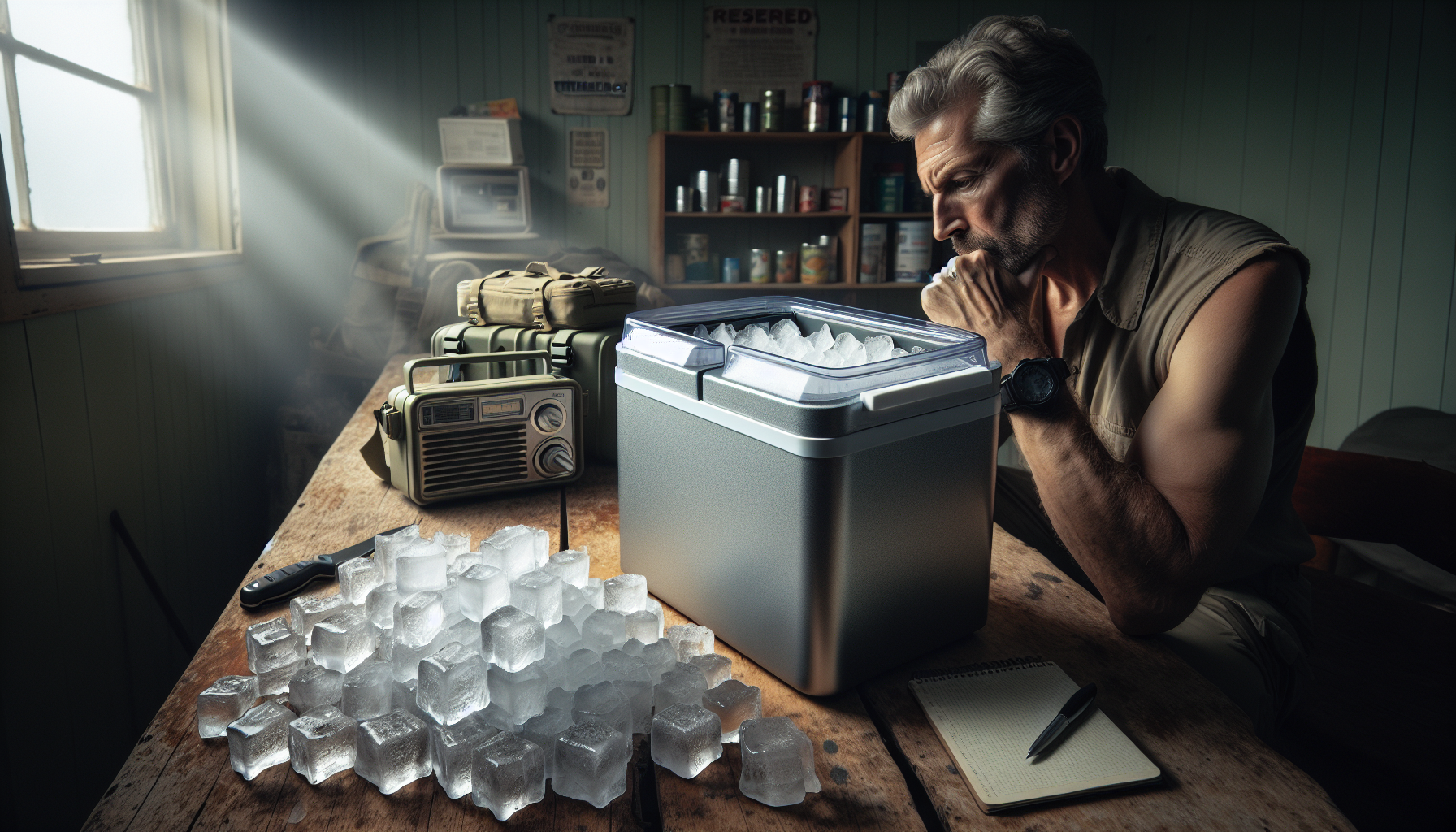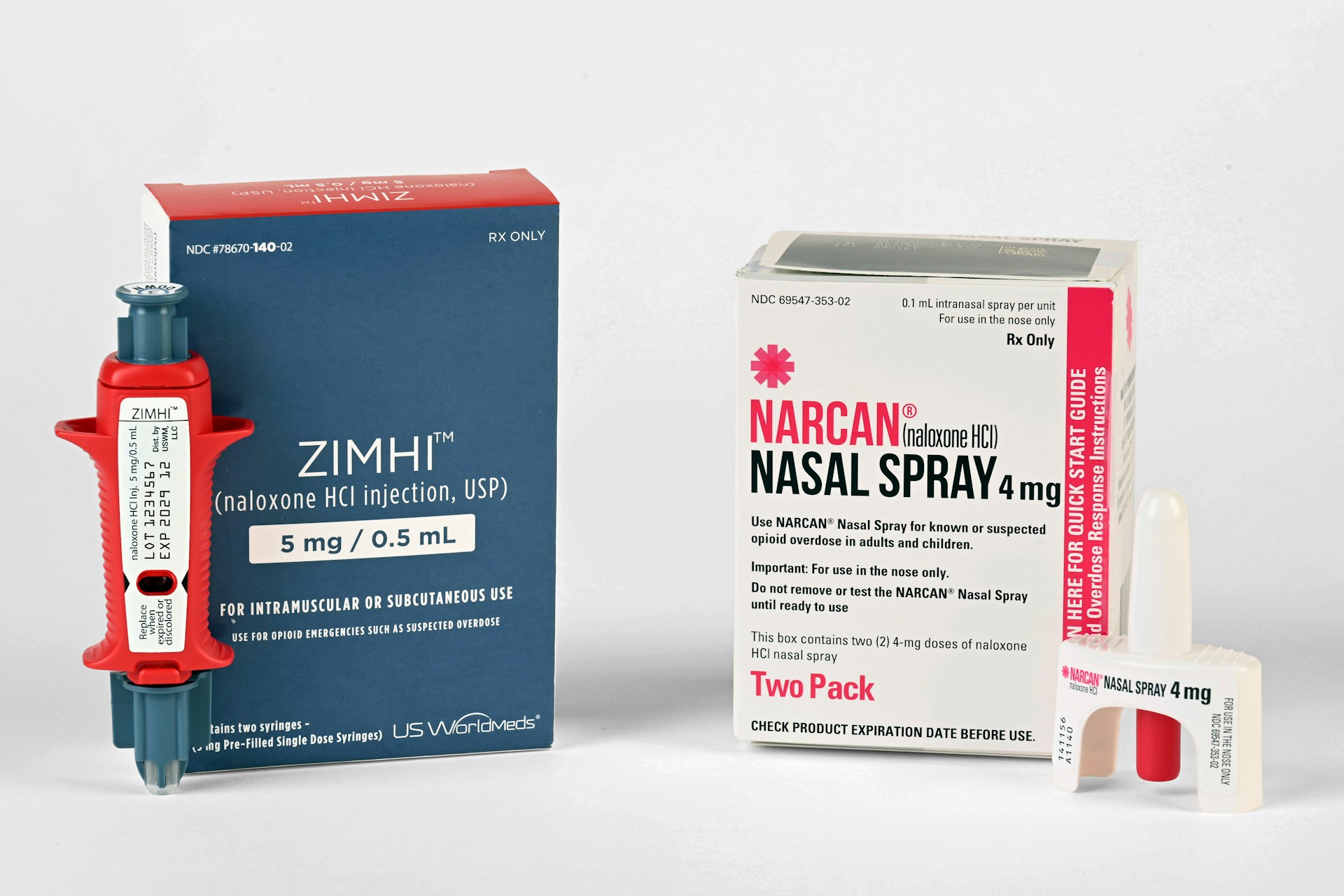There you were just climbing that tree to fetch the squirrel you just shot when the branch breaks and you fall and break your arms. Ouch! Thankfully you have a buddy that is trained to apply a splint and he is going to help you out.
No matter if it is closed or open fracture the final result will be the same, a nice stable splint that will keep the injured arm immobile and facilitate optimal healing or at the very least some degree of pain relief and immobility until you can get to a doctor.
Splinting is not rocket science, though there is a bit more to it than strapping two sticks to your buddy and calling it good. There are a lot of things that must be addressed before, during, and after the splint is applied. For this discussion we will make it so there are no associated spinal cord or other neurological injuries.
What does it look like? Does the limb look normal or is there a new 90 degree with bones sticking out? Well in this case we have one of each.
- Circulation – does the affected limb still have good blood flow? Is it still pink, warm to touch? If you press on a finger or toe does the skin return to normal color rapidly or is it slow?
- Sensation – can they feel you touching the fingers or toes? Does it hurt?
- Motion – can they move the affected limb? Can they move it without pain? Can they wiggle fingers and toes?
- It is important to know these things now because you will have to check them again once the splint is applied.
For our boring non displaced injury to the left forearm we will apply a simple SAM splint. SAM splints come in a roll and are formable to a person’s limb. They are also reusable which makes them great for the survival first aid kit. I like to do a wrap of some type of cushioning material before I apply the splint but it is not absolutely needed in this case. Once you have the limb in a position of comfort go ahead and form the SAM splint and then wrap with an elastic bandage, ACE wrap. Be careful not to wrap too tight. If you do not have the elastic bandage try to use something like coflex or vet wrap. Once the limb is stabilized and your buddy feels good fashion a sling to keep the limb in a position of comfort with the hand elevated higher than the heart to prevent excess swelling.
The other arm is not so pretty, there is new elbow between the factory original and the wrist. Here you really need to evaluate your skill level and distance to medical treatment. I cannot lie to you, there is just something disturbing about seeing bones sticking out of somebody. After all my years in the ER it still gives me a little chill.
If you have minimal skills break out that SAM splint and immobilize that arm just as you did the other one. Place the wrap at the elbow and wrist. Do not wrap over the exposed bones. Sling it and get to a hospital.
For those with a lot more training and experience, or if it will be days or weeks before you can get to a hospital you will need to do a lot more work.
The break will have to be reduced, that is the bones will have to be put back in place. This is simple enough but it needs to be done correctly or there will be big problems later. First wash the exposed area with water using the most sterile water possible. Once the area is washed you will need to wash your own hands to ensure minimal transfer of bacteria. This next part will not be pleasant for anybody. You will need to pull gently on the arm with a steady force until the bones line up again. You may need to use one hand to manipulate the bones at the break to ensure they are as perfectly inline as possible. This sounds quite simple but I can assure you this will be work, as the muscles around the break have already contracted and tissues are swelling. Once the bones are lined up your friend should report a decrease in pain. Assuming that went well and there are no other problems a dressing to the wound will be needed. One can hope to have a good medical kit with all the gauze and antibiotic ointment needed. The cleanest possible cloth can be used with a layer of antibiotic ointment applied to the cloth if that is what you have. Apply the splint and sling as earlier described, ensuring to not wrap the arm too tightly.
After the splint is applied you must check for Circulation, Sensation and Motion, CSM, and again every 20 minutes for the first 4 hours then check hourly. I know that sounds extreme, but it is better to be extreme in this than forget it or blow it off and your friend has a compartment syndrome and loses his arm or the use of the arm. The risk for compartment syndrome is one of the reasons we do not generally apply a cast in the ER anymore. Too many of them were applied incorrectly resulting in permanent damage and occasionally amputation.
A few types of splinting material available:
- Precut fiberglass which is available in assorted widths and lengths. These are easily formed around the limb and can be applied dry to allow air curing which will take quite a while, or applied moist which will set up within a few minutes.
- Preformed metal are also available which come in assorted sizes. For most people these would be impractical as there are so many and the left cannot be used on the right.
- SAM splints are quite inexpensive and take up little space in your medical kit. They are also available in various sizes, are easily applied and fit left or right.
- The old standby, twigs, branches, boards. All readily available and easily cut to size
- There are even cardboard and plastic box splints available.
- You could use pipe, metal bar, essentially anything that is straight or could be bent to accommodate the bend of the elbow, wrist, or knee
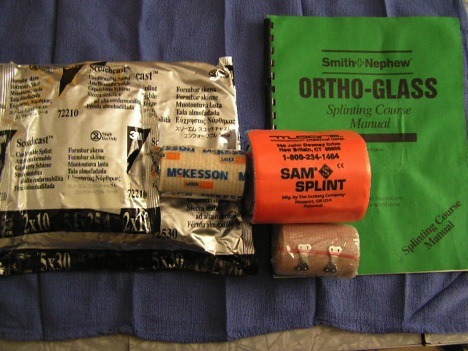
Here are a few of the splints in my collection. The splinting manual is an excellent resource.
Just the other day I read an article in the Journal of the American Medical Association, JAMA, about a lady in Haiti whose leg was shattered during the quake. Unfortunately she had no splinting and the leg began to heal in the shape of an arc bowing out. By the time she was able to get to a doctor the damage was irreparable given the limited resources of the area post-quake. A simple splint, though not ideal, would have helped her leg to heal in a straight line which would have prevented this lifelong deformity and disability.
If you cannot get proper medical treatment, for whatever reason, your best hope is the splint that is applied as soon as possible after the injury.
A good wilderness first aid course will teach proper splinting techniques for a bad situation.
